Mimosa Hostilis Root Bark Powdered (MHRB) 200g Pouch
$45.00
BOTANICAL CLASSIFICATION
FAMILY: Fabaceae (Leguminosae; Mimosaceae)
GENUS: Mimosa
SPECIES: Mimosa Hostilis (Mimosa tenuiflora)
ORIGIN: Brazil see here our Mexican variants
COMMON NAMES: Jurema, Tepescohuite, Cabrero, Carbonal, Jurema Preta, Calumbi, Black Jeruma, Vinho de Jeruma, Yurema
Mimosa tenuiflora inner root bark from a reputed source (Brazil), a company that has years of experience in harvesting and processing Mimosa Hostilis root bark. We believe that this is the best quality Mimosa available on the market. We always offer a freshly harvested batch, not an old stock!
Our supplier is using sustainable harvesting methods – only one root is harvested from each plant.
The greedy suppliers however are willing to kill a whole tree for all its roots.
The pastures where our harvest comes from do not receive any chemical pesticides as the grass and herbs grow naturally during the rainy season and pests are naturally controlled by the six-month dry period. Also during processing no chemicals, in fact, no product at all is used.
The cleaned inner root bark is transported in boxes to the clean glass greenhouse which is well closed to avoid contamination of the product. The bark dries at 70% of shade for a few days and is ground in clean machines to a fine powder, then filtered to remove the filler fibers and packed quickly in plastic bags.
fine logistic system of harvesting and processing small quantities a few times a week enables us to preserve well the functional components of bark.
By removing the filler fibers the final product becomes 30% more concentrated, so our product is in fact 130% pure inner root bark compared to many other sources.
Mimosa tenuiflora, also known as Mimosa hostilis and Acacia hostilis is a plant of the Leguminosae family and is popularly known as “calumbi” and “jurema preta” in Brazil M. tenuiflora is a common shrub/tree that is distributed in areas of tropical deciduous forests in the Americas from the southeastern regions of Mexico to northern Brazil and Venezuela, where it grows as secondary opportunistic vegetation.
It is a legume tree 5 to 7 m tall and has a high level of tannins and it is an important forage plant used to feed small ruminants in the “caatinga” (semi-desertic vegetation in the interior of Brazilian northeastern) during the dry season.
Studies of M. tenuiflora showed potential in healing scar tissue. According to Mexican ethnobotanic sources, the direct application of the dried powdered bark to the lesion was an effective remedy for treating skin burns and wounds.
The population of the district of Palmeiras at Contendas of Sincorá (Bahia State, Brazil) uses the bark of M. tenuiflora for the treatment of coughs and wound healing.
A standardized tannin content extract obtained from the M. tenuiflora bark also showed excellent therapeutic properties for the treatment of skin venous leg ulcerations and strong in vitro antimicrobial properties against a wide group of microorganisms



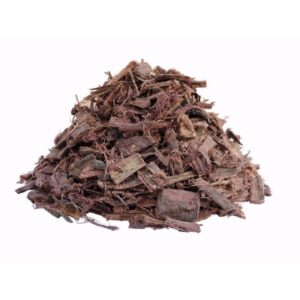
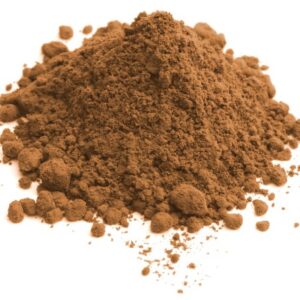
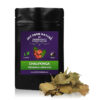
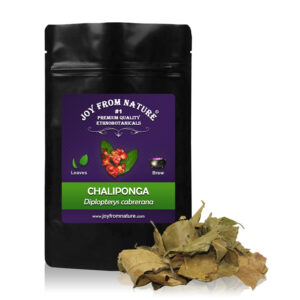
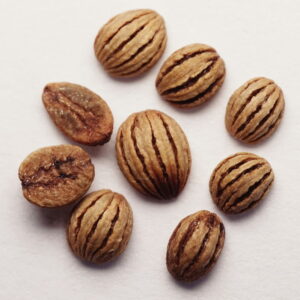
Reviews
There are no reviews yet.